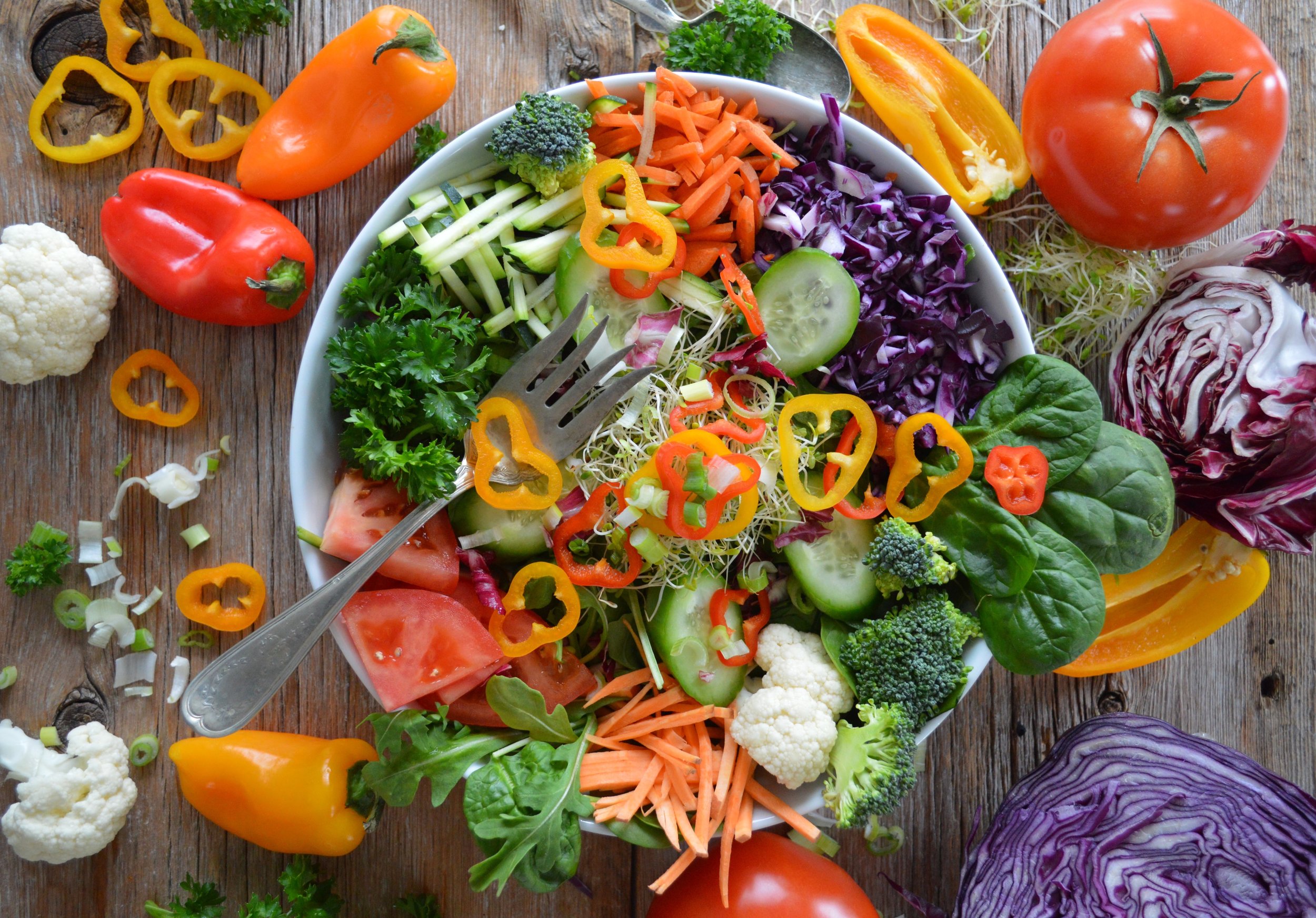Eat The Rainbow 🌈
/When we take the kids food shopping, one of our favorite activities is to identify as many colors as possible in the fruits and vegetables. We are always bowled over by how many different hues and shades there are in nature. It is like a rainbow. This also keeps the task of shopping exciting and refreshing. This rainbow translates to our plates and to their lunchboxes.
“Eat The Rainbow”: Consume Foods With Many Colors
“Eat the rainbow” 🌈 comes up a lot in this blog and many other publications that tout the benefits of real, whole foods. It has become a popular catchphrase in the health food world.
“Eating the rainbow” means that you should always aim to eat foods with the broadest array of colors. These should be real, whole foods. Each color signifies a different palette of vitamins, minerals, antioxidants and phytochemicals. When you eat the rainbow, you will be getting a huge variety of vitamins, minerals and other nutrition.
What it does NOT mean is eating foods that are naturally or artificially colored, like cheddar cheese, Skittles and wasabi, or drinking liquids like Gatorade. These usually contain very non-natural sounding dyes such as Blue 1, Blue 2, Citrus Red #2, Green 3, Red 3, Red 40, Yellow 5, Yellow 6 or FD&C Lakes.
The Benefits To “Eating The Rainbow”: Tremendous Food Variety
When you seek out foods in their natural state, you really get to know your food and what it looks like. Learning the rainbow is a powerful way to learn about your food by looking at it.
Even within one fruit or vegetable, there may be tremendous variation in color. For instance, cauliflowers come in white, orange, purple, green and yellow. Carrots come in orange, white, yellow and purple. Bell peppers also come in a wide array of colors. Additionally, what may not seem so obvious are the purple varieties of lettuce, basil, string beans and kohlrabi, to name a few.
The goal with “eating the rainbow” is to get out of your comfort zone by tasting new varieties or trying new fruits and vegetables altogether.
What Do All The Colors Mean? Each Represents Specific Nutritional Benefits
Each color signifies a specific nutritional profile. The following is a summary of the most common colors, their corresponding benefit and the fruits and veggies that they represent:
Orange & Yellow
Contains beta carotene, a powerful carotenoid and the precursor to vitamin A. Beta carotene is found in carrots, sweet potatoes, pumpkins, oranges and apricots. Beta carotene is crucial to maintaining eye health.
Purple & Blue
Contains anthocyanin, an antioxidant that protects cells from damage. Anthocyanin is present in beets, red cabbage, eggplant and blueberries as well as purple variants of lettuce, string beans and basil.
Green
Contains phytochemicals such as carotenoids. Carotenoids may have anti-cancer properties. These are abundant in plants such as spinach, asparagus, cucumbers, limes, green beans and green apples.
Red
Contains lycopene, an antioxidant. Lycopene is hypothesized to play a role in reducing cancer risk and keeping the heart healthy. It is abundant in tomatoes, red bell peppers, strawberries, red grapes, watermelons and radishes.
White & Brown
Contains phytochemicals that have antiviral and antibacterial properties. Allicin is one that is abundant in garlic. White and brown also signifies potassium, which is abundant in bananas, potatoes and mushrooms.
Encourage Kids To Eat The Rainbow: Engage Them In The Process
It isn’t enough to buy colorful foods. The kids need something to inspire them to actually eat these foods. Some fun ways to engage children in consuming these foods include:
Encouraging them to choose at least 3-4 colors as a part of their meals, then to add the corresponding vegetables to their plates
Helping them make a fruit kabob for dessert, using as many colors as possible
Serving side dishes with multiple colors of the same vegetable, such as sliced baked potatoes 🥔 (white and purple) and/or sweet potatoes 🍠 (white, orange and purple), beets (red, candy stripe and golden) and carrots 🥕 (orange, yellow and purple)
Make Eating “Healthy Fun” For Kids
Eating healthy food should be a fun activity. Spicing it up with colors serves a triple purpose: it introduces kids to a wide variety of new foods and flavors; it allows them to contribute to the meal in creative ways; and it introduced a wide array of vitamins, minerals and antioxidants into their diets.



